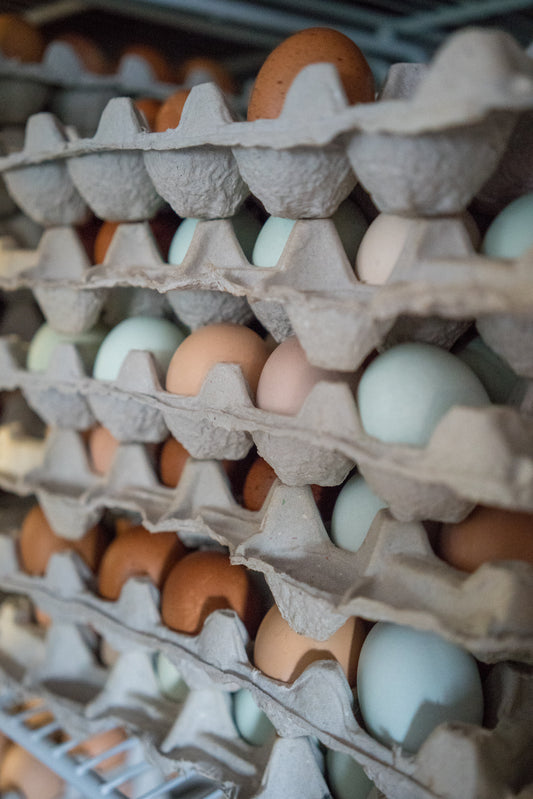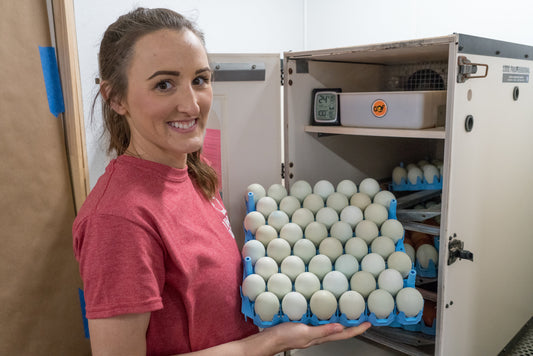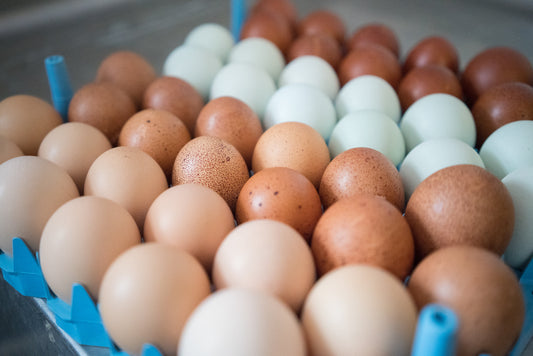A blog about all things chicken written by a chicken tender for chicken tenders.
The Egg-ucated Chicken

Increase Hatchability Using Better Hatching Egg...
For breeders with small flocks that wish to hatch large quantities at a time, it’s necessary to collect fertilized eggs for over a week before having enough to fill an...
Increase Hatchability Using Better Hatching Egg...
For breeders with small flocks that wish to hatch large quantities at a time, it’s necessary to collect fertilized eggs for over a week before having enough to fill an...

Hatchery Hygiene
The nature of a hatchery provides the perfect atmosphere for bacteria to grow and thrive. With incubators running at 99-100^F and humidity levels varying between 40-80% at any given time,...
Hatchery Hygiene
The nature of a hatchery provides the perfect atmosphere for bacteria to grow and thrive. With incubators running at 99-100^F and humidity levels varying between 40-80% at any given time,...

Washing Hatching Eggs
High numbers of soiled eggs in the incubator is probably the single biggest cause of poor chick quality and first week mortality. Cross contamination between a heavily soiled egg and...
Washing Hatching Eggs
High numbers of soiled eggs in the incubator is probably the single biggest cause of poor chick quality and first week mortality. Cross contamination between a heavily soiled egg and...

